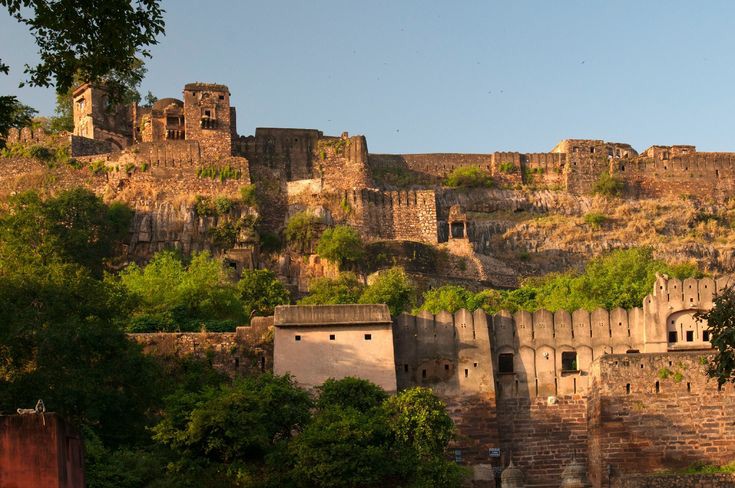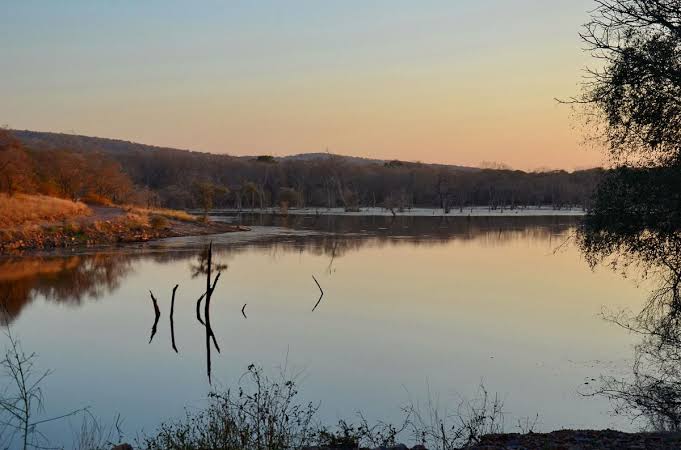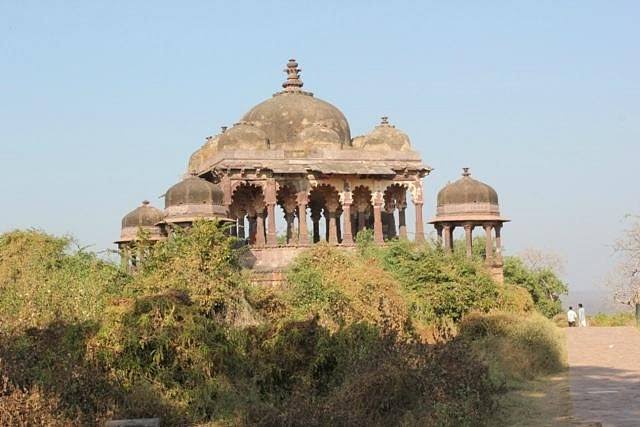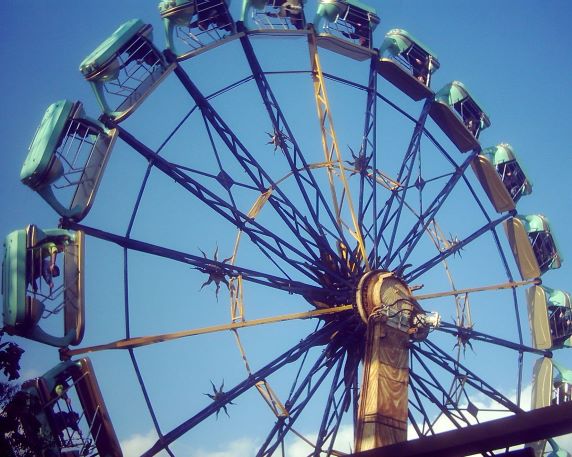Why to visit Ranthambore Fort
In 2013, the UNESCO designated Ranthambore Fort and the other five Rajasthani forts in the category of Hill forts of Rajasthan as World Heritage Sites. Although the precise beginning of the Ranthambhore fort is still a matter of debate, it is generally acknowledged that there was a settlement there as early as the eighth century AD.
Huge stone walls, fortified by towers and bastions, encircle the Ranthambore Fort. The main entrance to the fort is through a small valley that was defended at four points. Only the Misradhara gate, the original gate, is still intact. Some of the fort's ruins are Hammir's Court, Battis Khambha Chhatri, Hammir Palace, and Rani Palace.
In the 12th and 13th centuries, red Karauli stone was used to build three Hindu temples, one each for Ganesh, Shiva, and Rama. A Jain temple dedicated to Lord Sumatinath and Lord Sambhavanath is also present. The most well-known and historic temple of Lord Ganesha in Rajasthan is located quite close to the fort's main entrance gate and is called the Trinetra Ganesha Temple.
The Architecture of Ranthambore Fort:
The Ranthambore Fort, which has stunning architecture and is situated in the centre of Vindhya and Aravali hills, is perched on a 700-foot-high hill. It is largely accepted that the Ranthambhore Fort's construction began in 944 AD, under the reign of Sapaldaksha, a Chauhan Rajput monarch. The fame and bravery of Hammir dev of the Chauhan dynasty are associated with the fort.
In the 13th century, Aladdin Khilji took control of the Ranthambore Fort. Following that, the ownership of Ranthambore Fort changed multiple times till Akbar, the great Mughal emperor, finally acquired control of the fort and declared the State of Ranthambore to be null and void in 1558. Up to the middle of the 18th century, the fort was under the control of the Mughal emperors.
The western portion of the fort is where most guests stay when visiting. The virtually wild eastern portion of the fort receives very few tourists. In this area of the fort, the Gupt Ganga is a small perennial stream. Tourists can view a wide variety of bird species, langurs, the odd little cat, and occasionally even leopards. One of the finest sites to search for the extremely rare and elusive fishing cat is the fort.



















